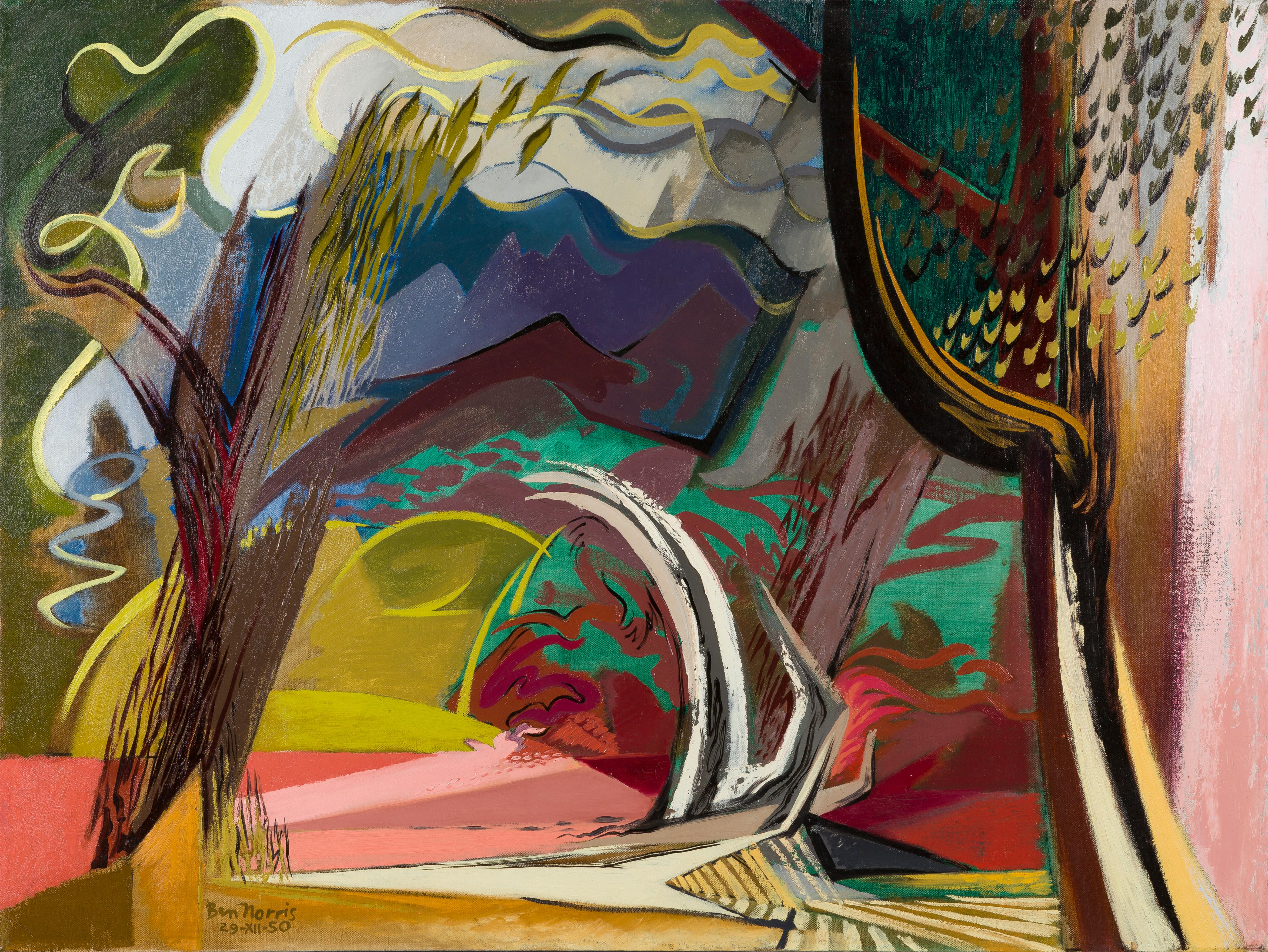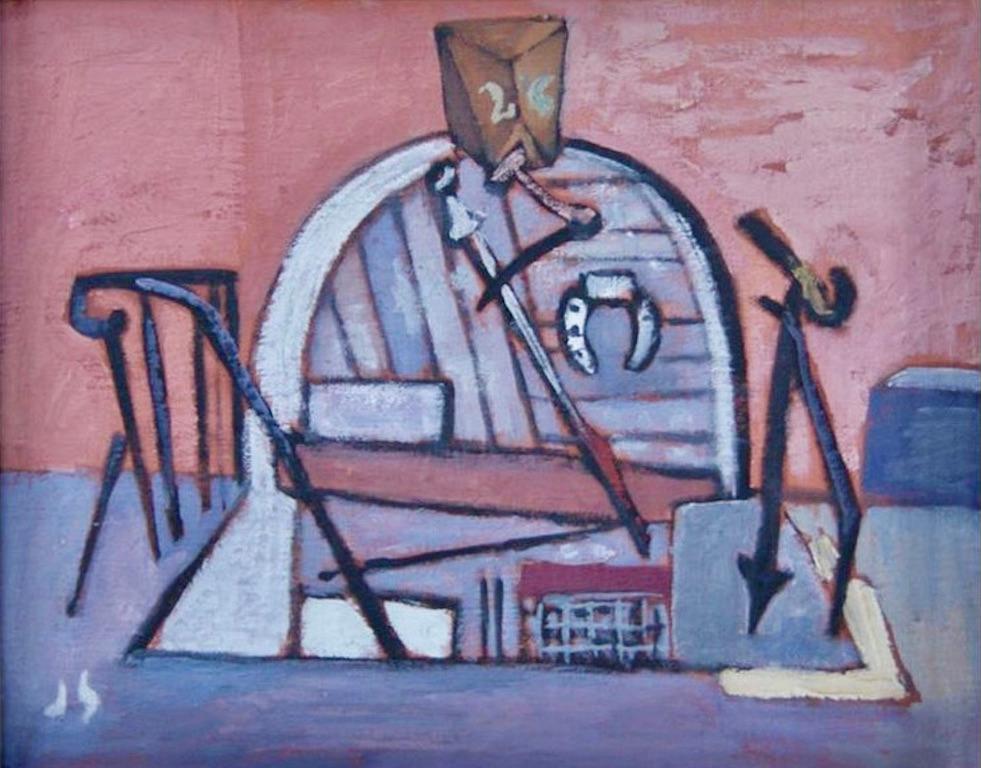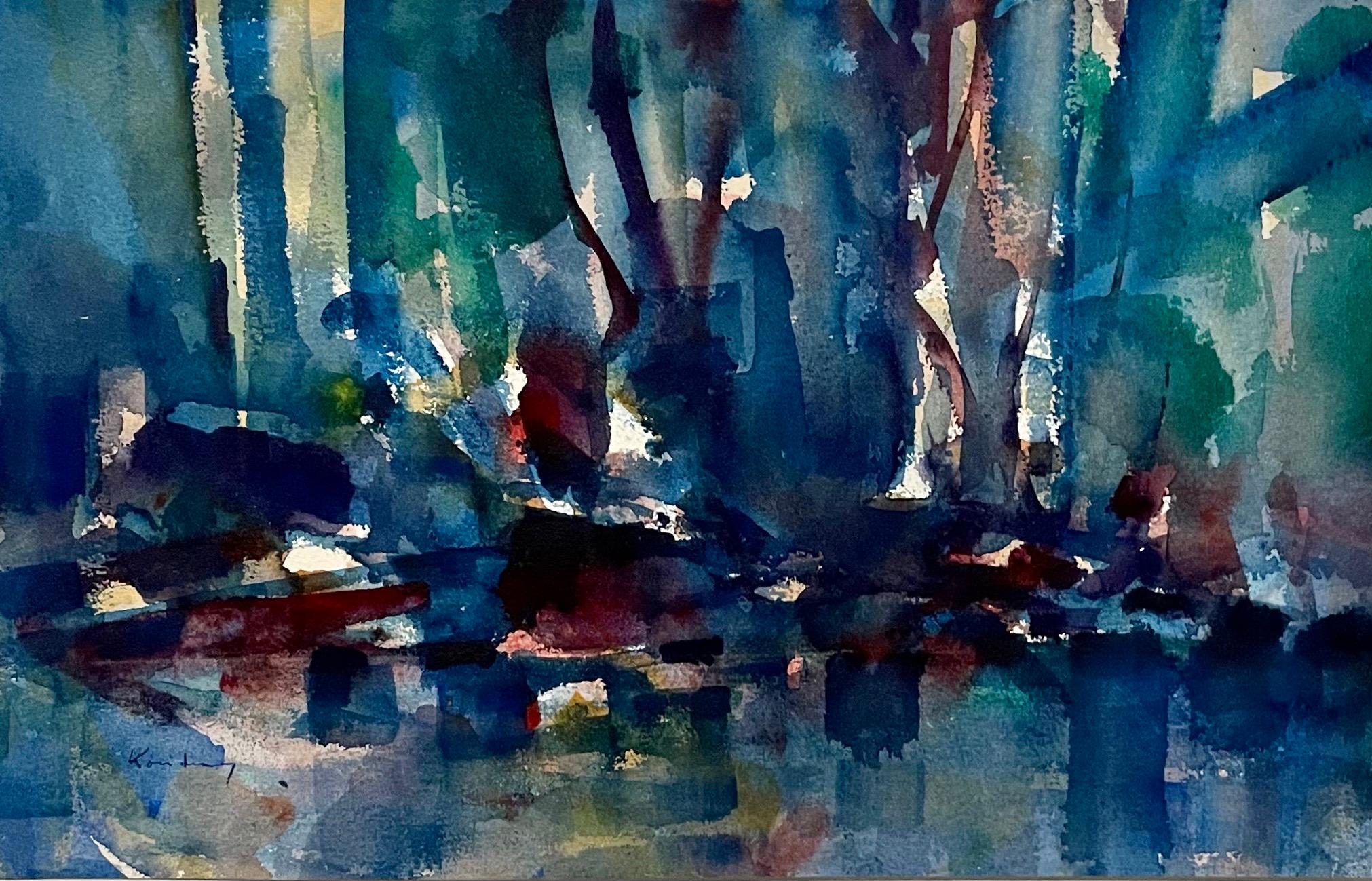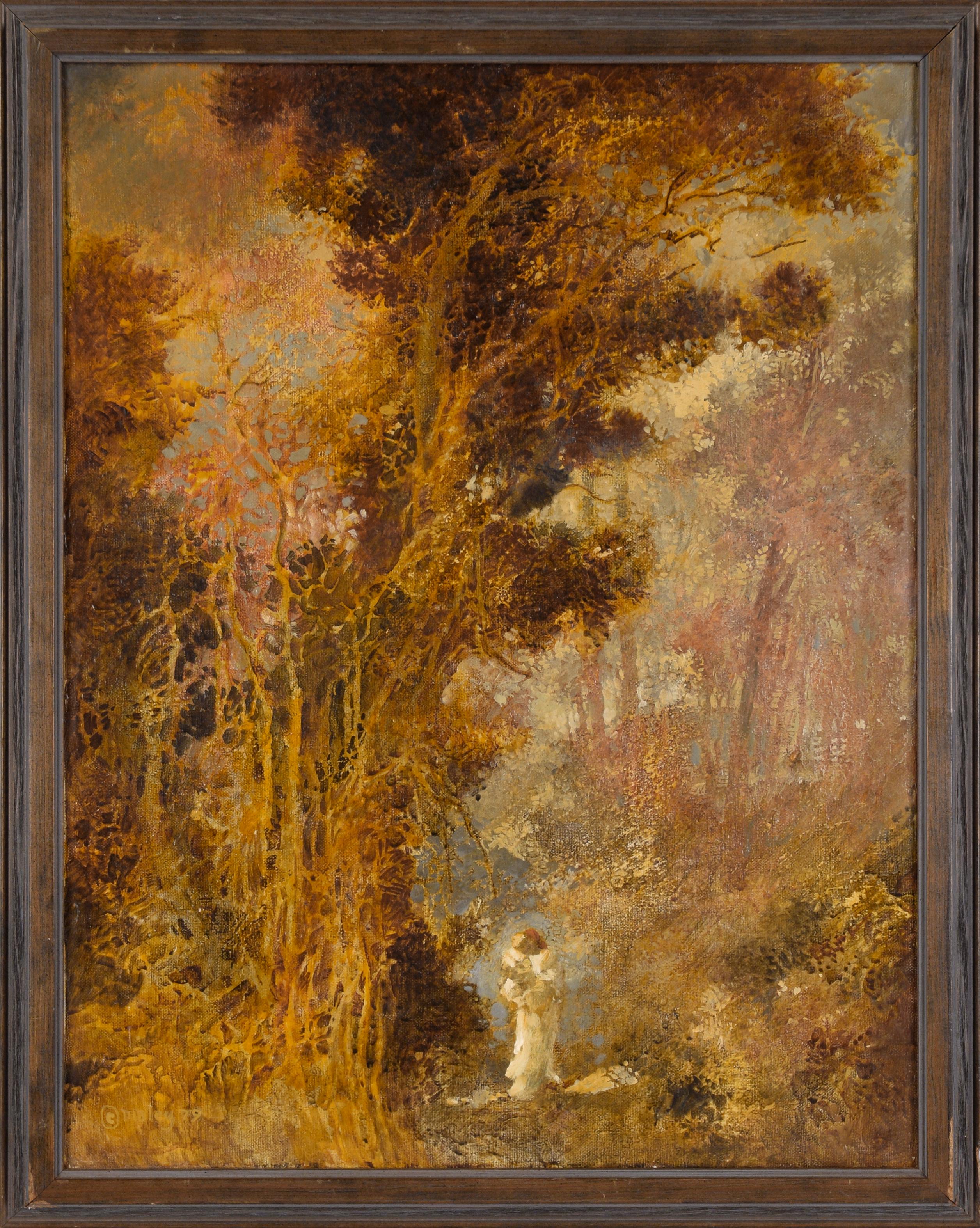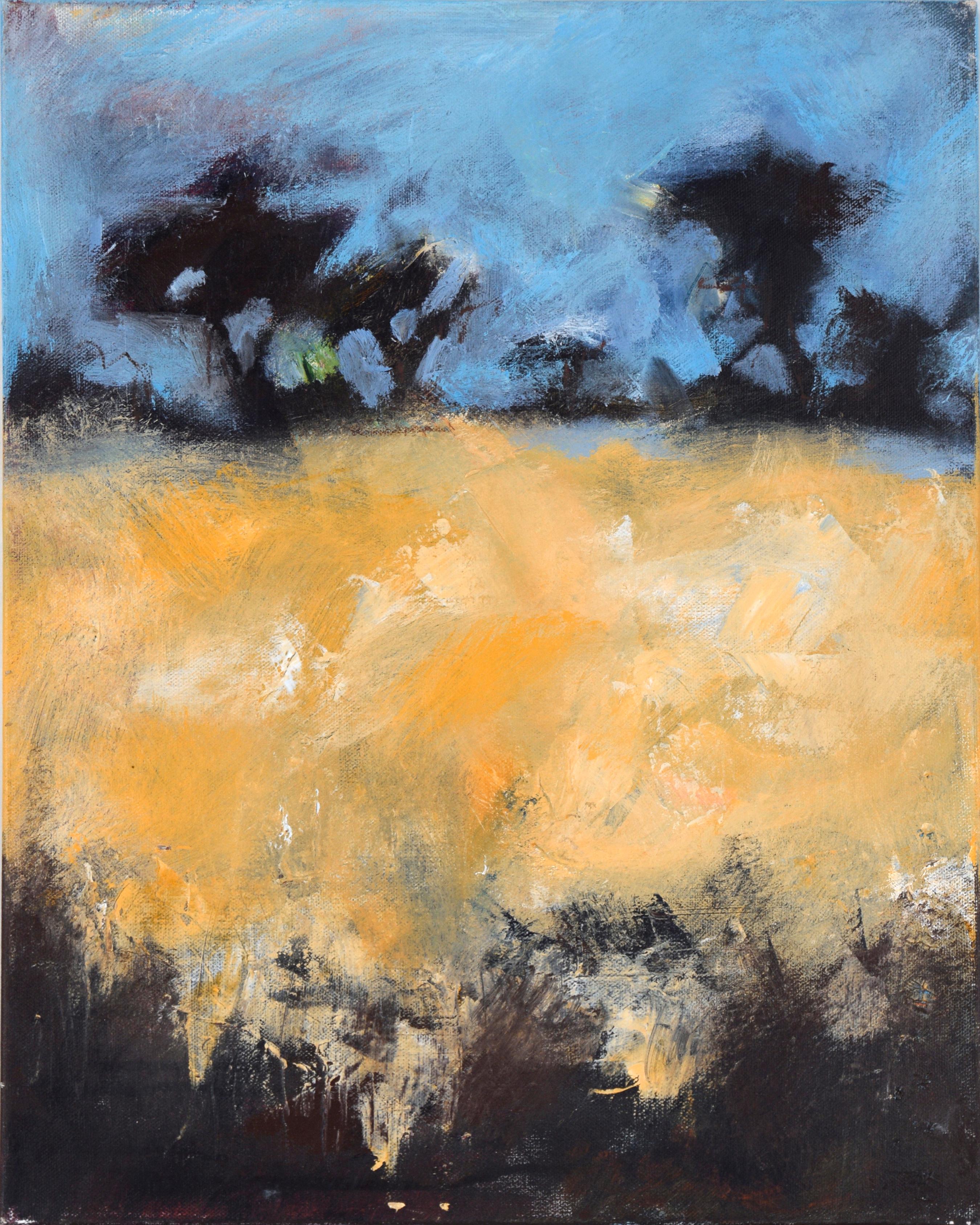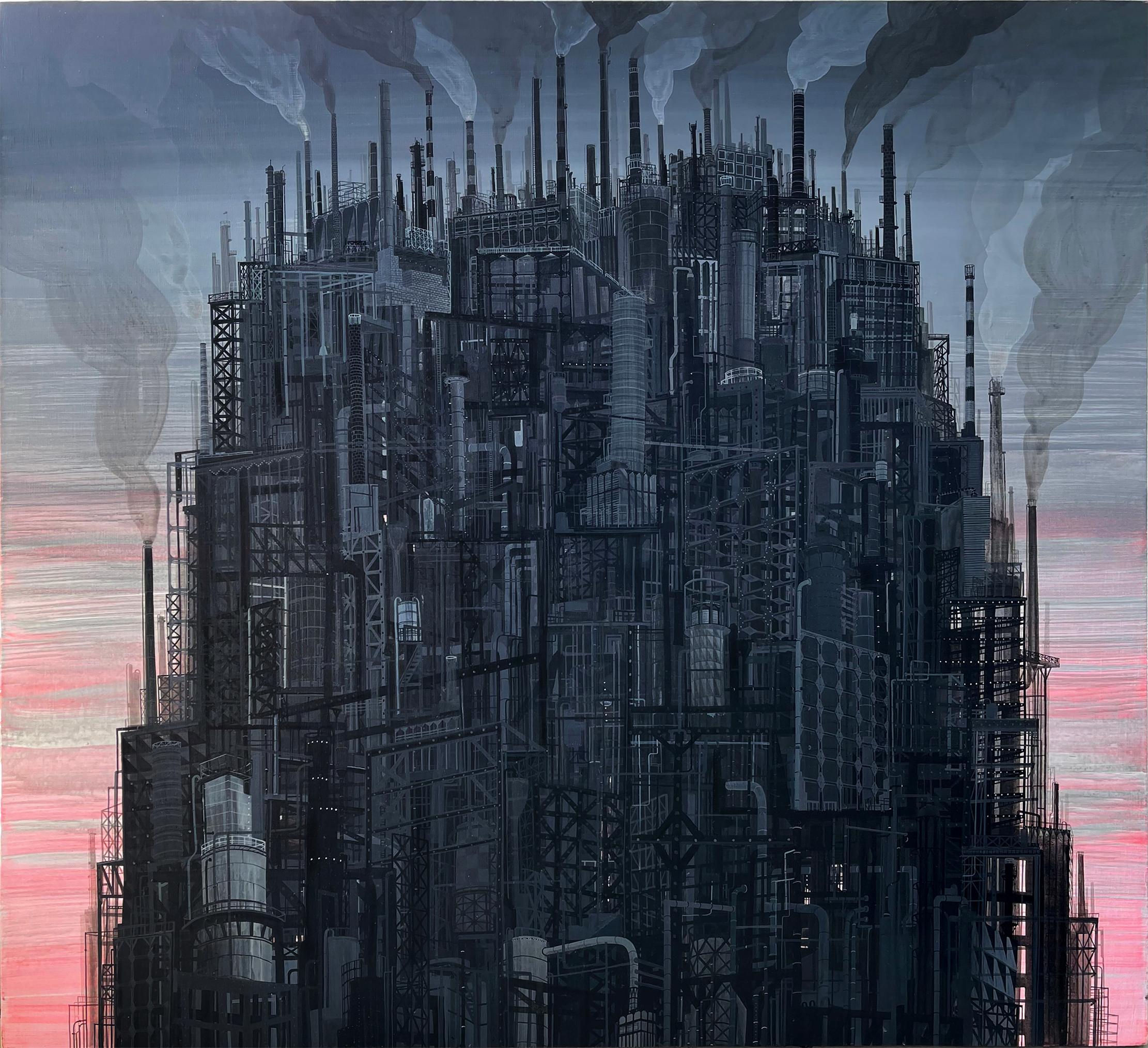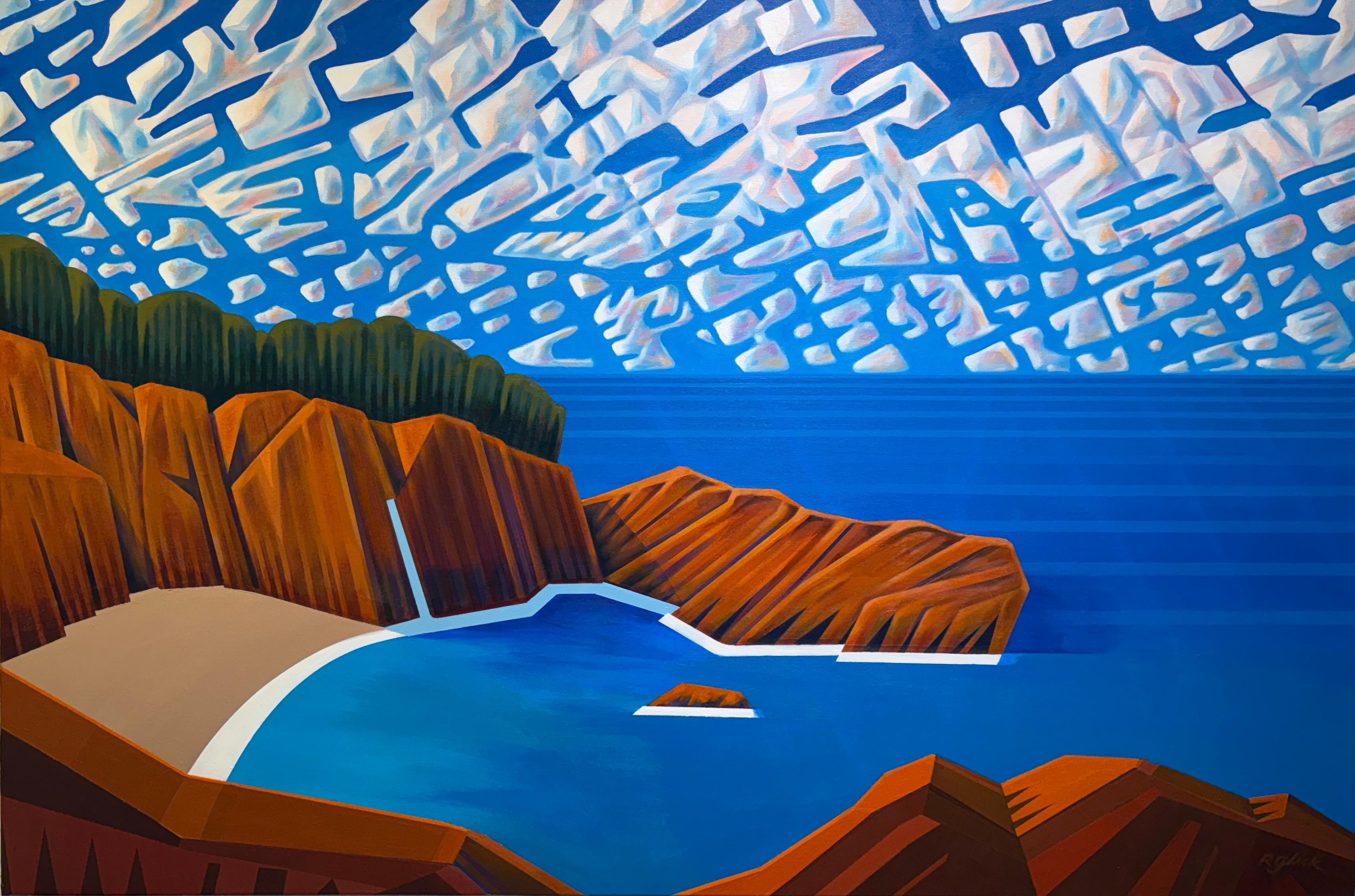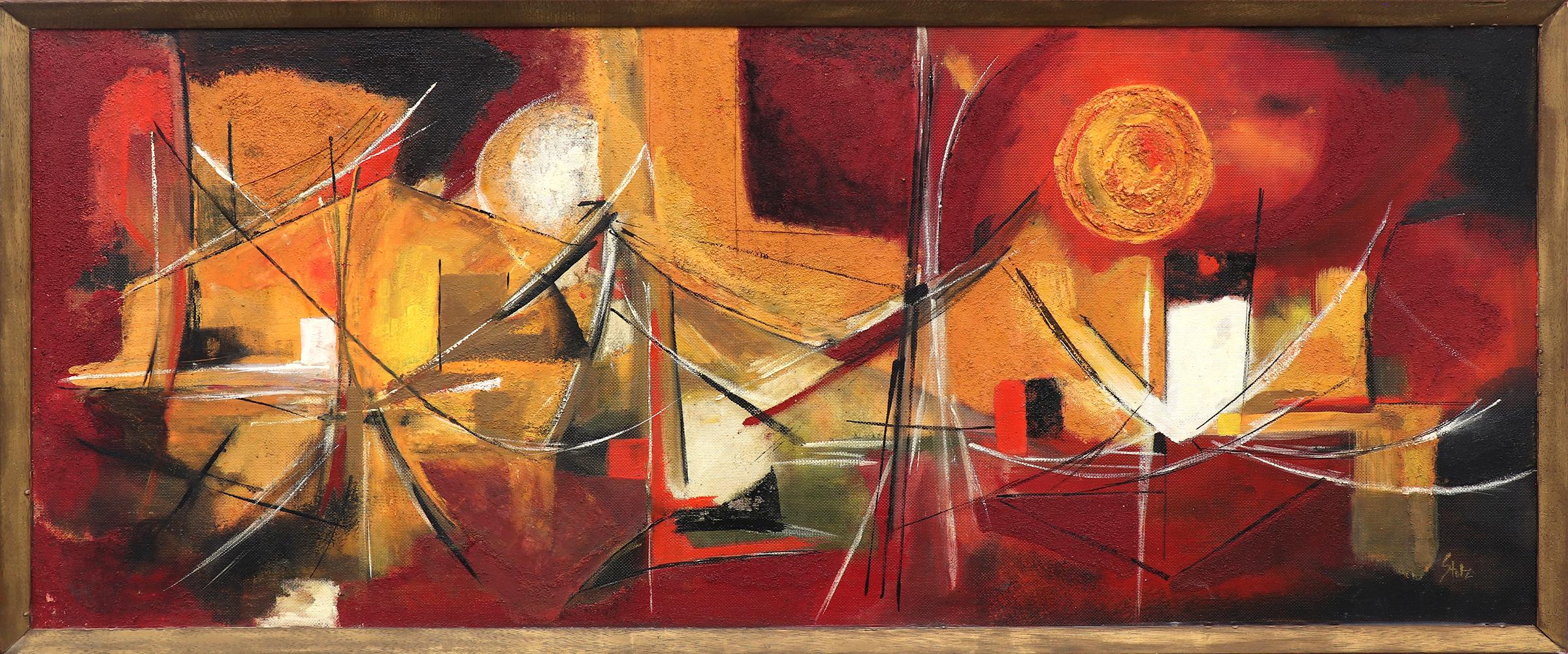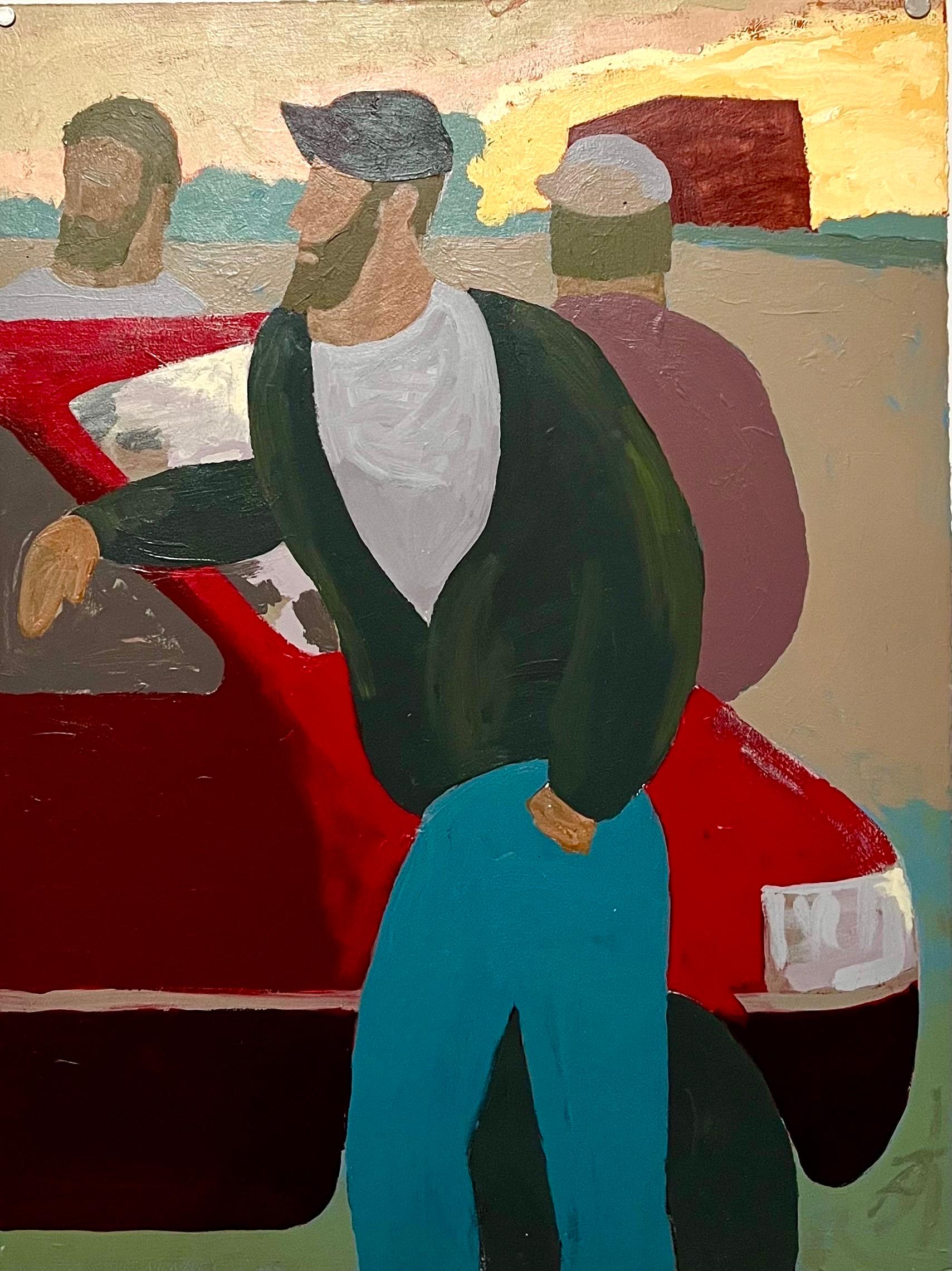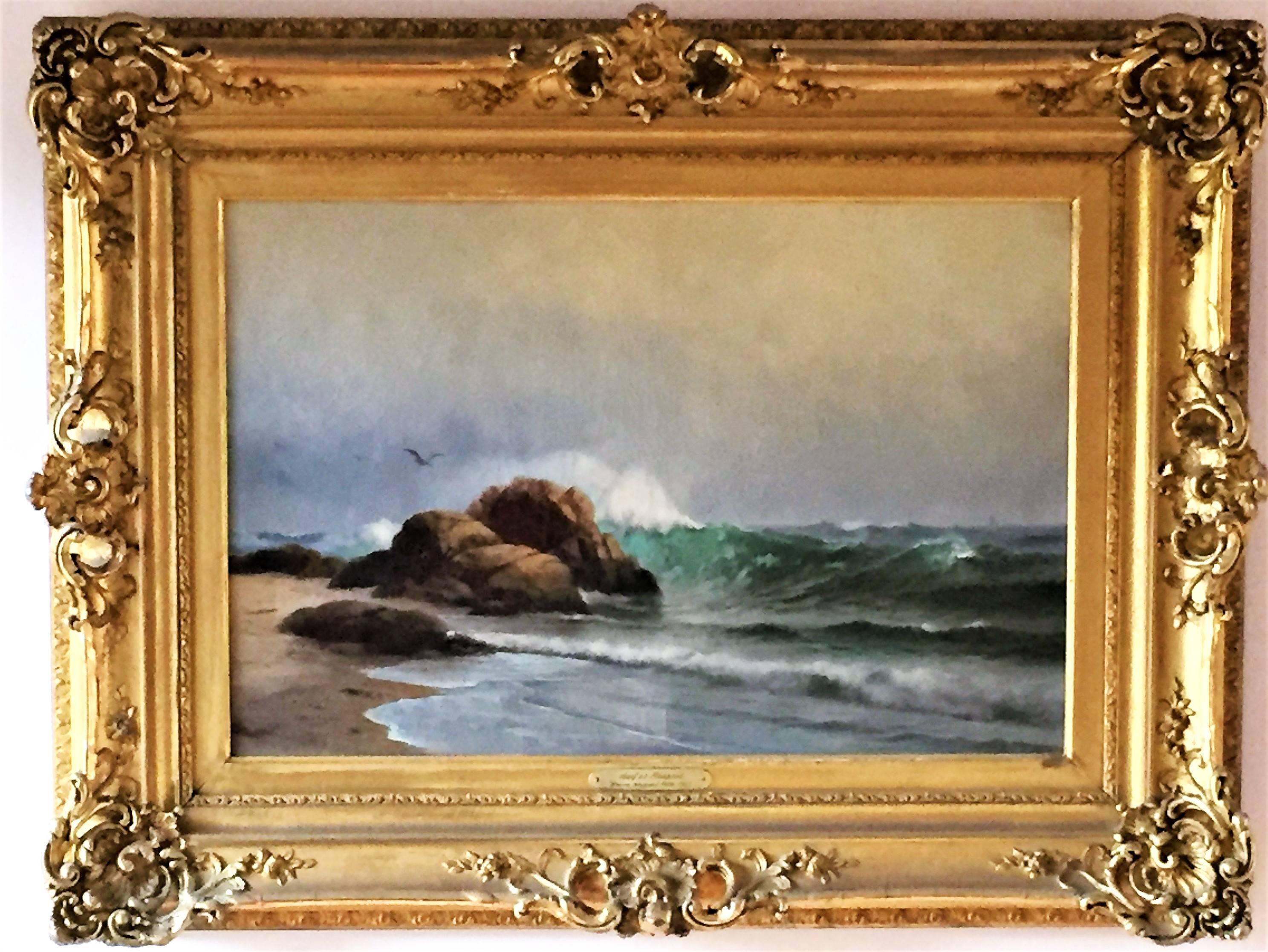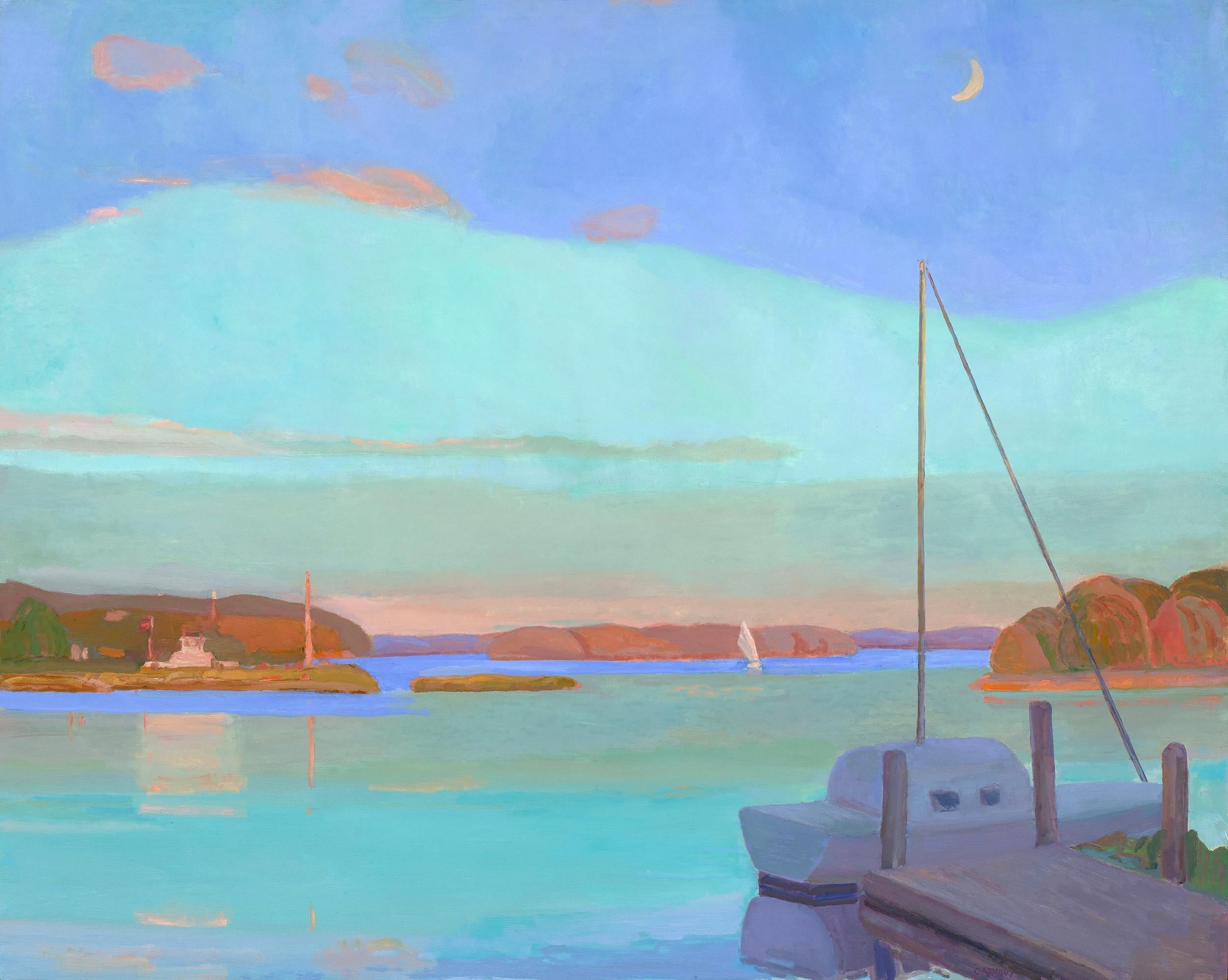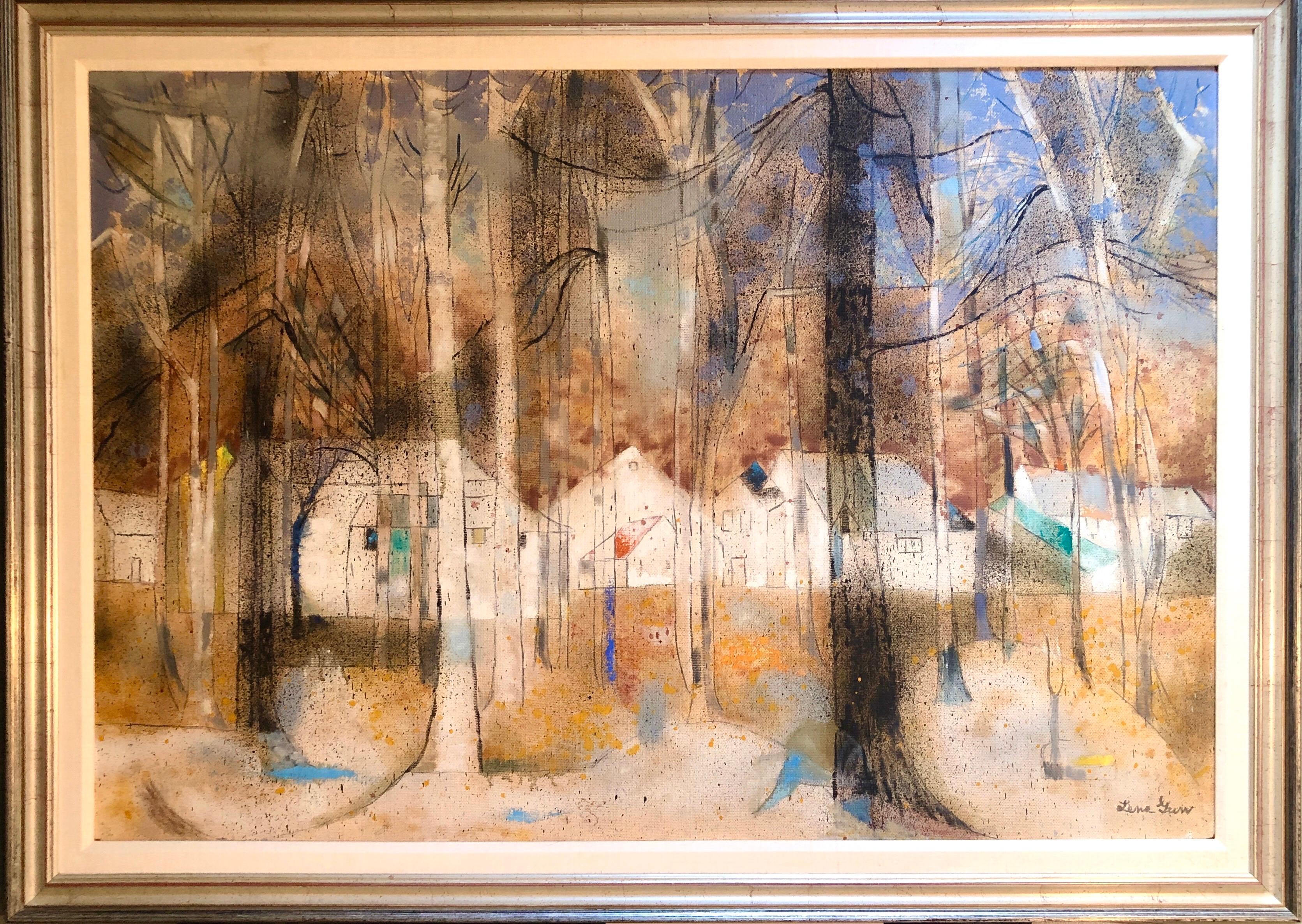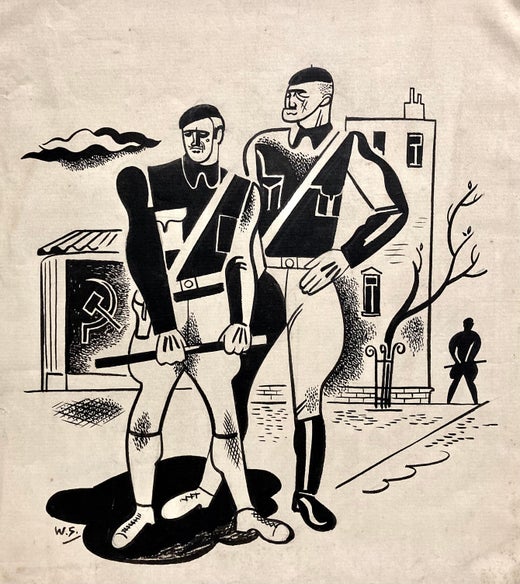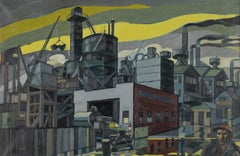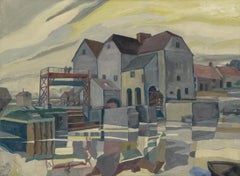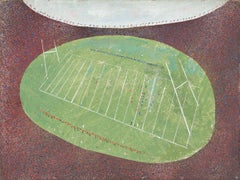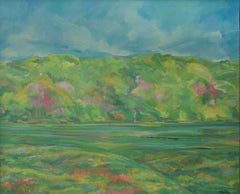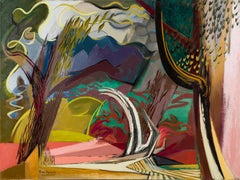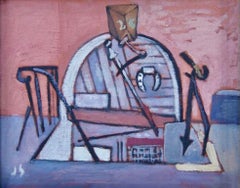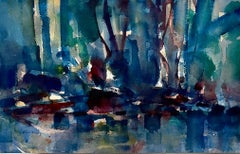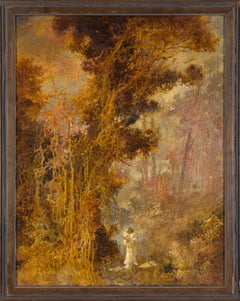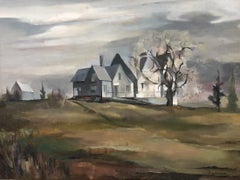
"Colorado Landscape, " Western Precisionist Regionalism American Scene Painting
View Similar Items
William Sanderson"Colorado Landscape, " Western Precisionist Regionalism American Scene Painting
About the Item
- Creator:William Sanderson (1905-1990)
- Dimensions:Height: 23.5 in (59.69 cm)Width: 31.5 in (80.01 cm)
- Medium:
- Movement & Style:
- Period:
- Condition:Excellent.
- Gallery Location:New York, NY
- Reference Number:1stDibs: LU184129907242
William Sanderson
William Sanderson, born in Dubbeln, Latvia, emigrated to the United States at the age of eighteen. He settled first in New York City where he studied at the National Academy of Design and the Art Students League. Following his studies, Sanderson worked as a book and magazine illustrator. His work appeared in several popular publications including The New Yorker, Esquire and The New Masses. In 1937, Sanderson was honored with a solo exhibition held at the Contemporary American Artist Gallery in New York City. After World War II, Sanderson relocated to Denver where he was hired by Vance Kirkland to instruct in advertising design at the University of Denver. He remained with the University from 1946 until 1972. In Colorado, Sanderson became active in the artist community, co-founding the Denver based organization known as the Fifteen Colorado Artists. Sanderson painted in a variety of styles, including Cubism, Social Realism and Hard-Edge Abstraction. His work often depicts architecture, ships, nature and the common man. In 1977, Sanderson donated a collection of forty paintings to Northeastern Junior College in Sterling, Colorado. The paintings remain on permanent display at the college in a gallery bearing his name.
More From This Seller
View AllMid-20th Century American Realist Landscape Paintings
Canvas, Paint, Oil
Mid-20th Century American Realist Landscape Paintings
Canvas, Paint, Oil
1940s Abstract Geometric Landscape Paintings
Oil, Board
1980s American Modern Figurative Paintings
Canvas, Oil
1930s American Modern Landscape Paintings
Canvas, Oil
1920s American Modern Landscape Paintings
Canvas, Oil
You May Also Like
Mid-20th Century American Modern Landscape Paintings
Canvas, Oil
1930s American Modern Landscape Paintings
Canvas, Oil
20th Century American Modern Landscape Paintings
Canvas, Oil
1970s American Modern Landscape Paintings
Canvas, Oil, Stretcher Bars
2010s American Modern Abstract Paintings
Canvas, Acrylic, Stretcher Bars
Early 2000s American Modern Landscape Paintings
Canvas, Acrylic
